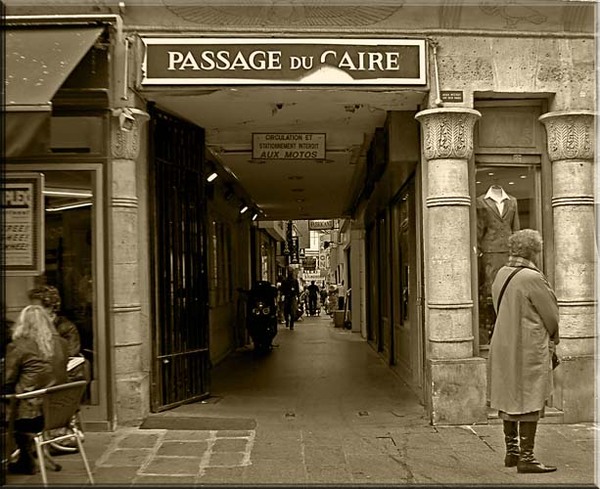mixed-income developments
Maria Saporta reports on the recent resignation of Ryan Gravel and Nathaniel Smith from the board of the Atlanta BeltLine Partnership. The Beltline is a walking path around the city of Atlanta that is supposed to provide a space for everyone to live and use. Gravel is the founder of the Beltline, and he felt as though "not enough emphasis is being given to the issues of equity and affordability". He first proposed the idea for the Beltline as his Georgia Tech Master's thesis, and his original vision for the project was inclusivity. Smith and Gravel both felt that the project was moving too far away from this original vision. Both Gravel and Chaskin share a mutual interest in the inclusivity of built environments.
Saporta, Maria. “Beltline Founder Ryan Gravel Resigns from Board.” Atlanta Business Chronicle. Accessed October 20, 2016.





 A Mohegan Basket lined with newspaper
A Mohegan Basket lined with newspaper